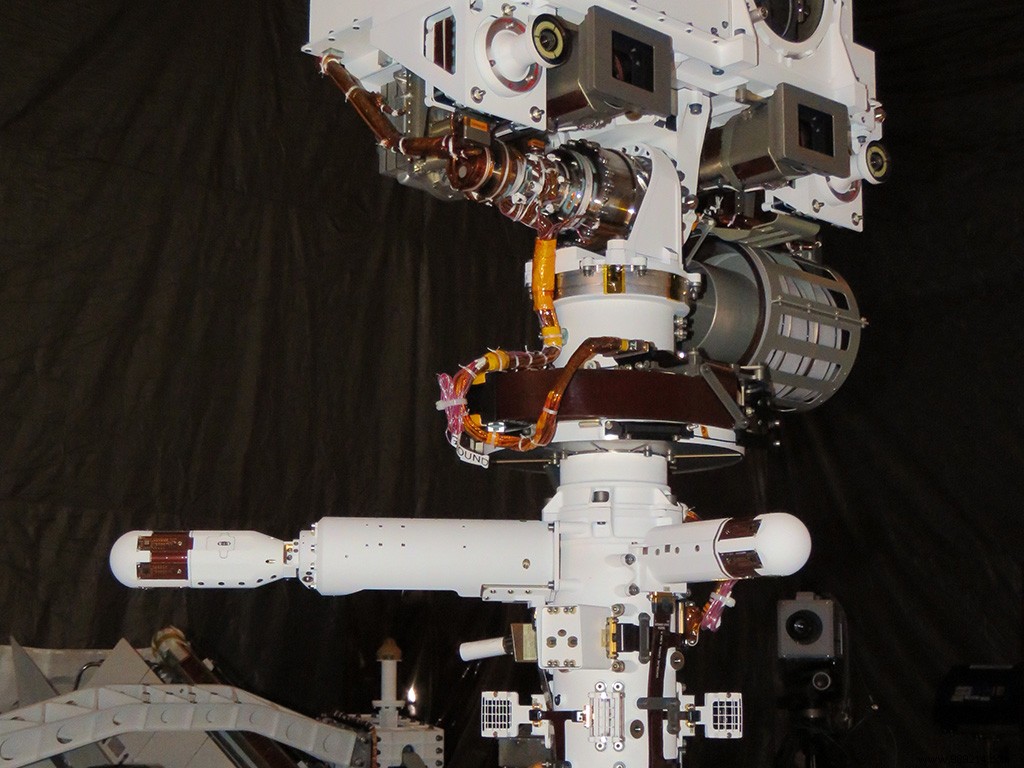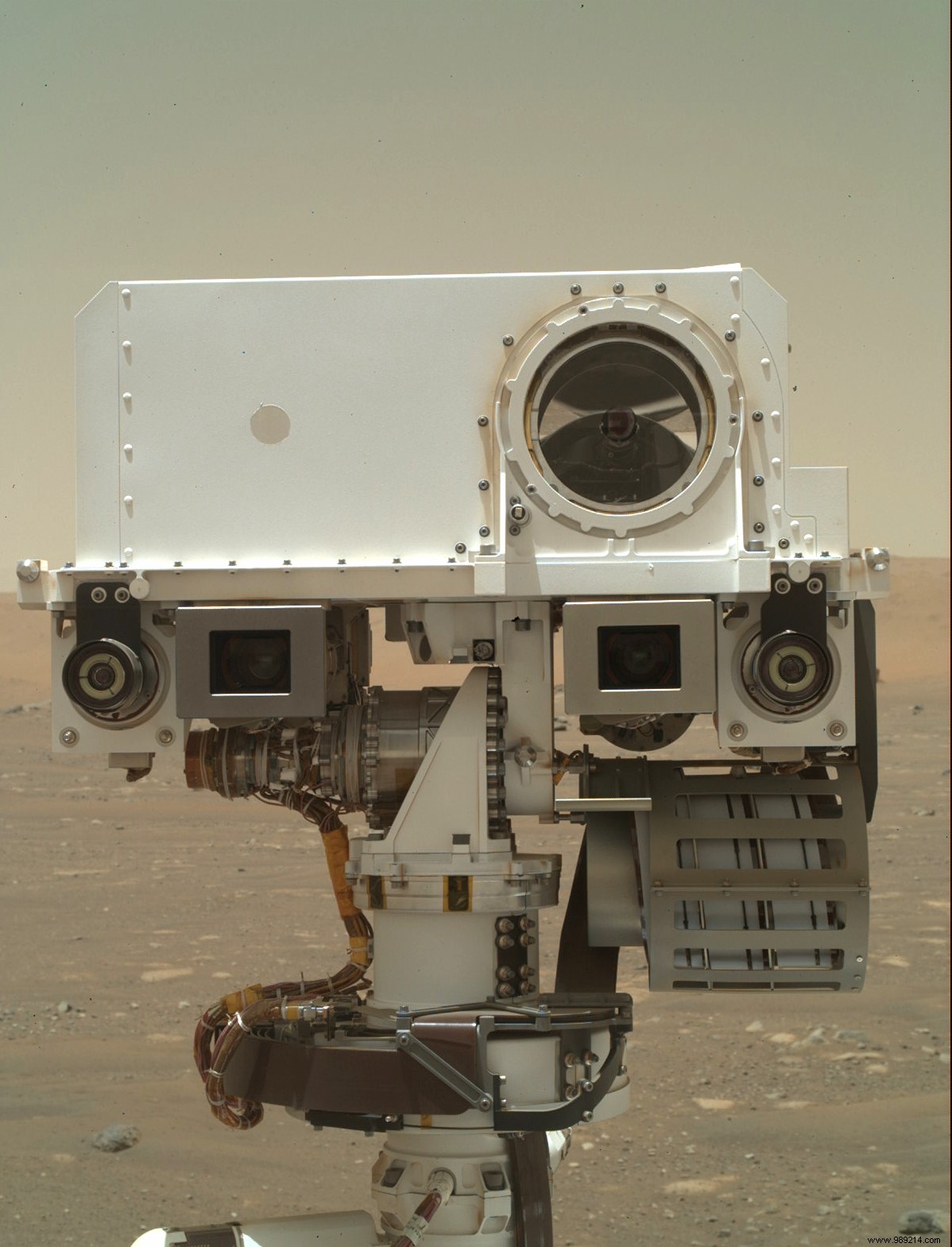Perseverance's MEDA system will allow researchers to better understand the weather conditions of the Jezero crater, but not only. This data will be valuable in preparing for the sample return mission and the arrival of the first humans.
On Earth, the weather plays an important role in our daily plans. You might find it necessary to wear a light jacket if the forecast calls for a bit of wind or to delay a trip due to an approaching thunderstorm. On Mars, it's the same. Mission leaders also rely on meteorological data to prepare their actions.
In the Jezero crater, Perseverance carries with it its own weather system, dubbed the Mars Environmental Dynamics Analyzer, or MEDA.
MEDA, which weighs around 5.5 kg, houses numerous sensors aimed at recording several types of data , such as dust levels, wind speed and direction, pressure, relative humidity and ground temperature. MEDA can estimate the temperature at three atmospheric heights:0.84 meters, 1.45 meters and 30 meters. It also records the radiation balance near the surface.
Finally, the system wakes up every hour and saves data whether the rover is awake or not, day or night.

MEDA powered up for the first time on February 19 for thirty minutes , about a day after the rover landed. During the following night, the mission engineers received the first data, confirming that their instruments had survived the descent. And a few hours later, they finally received the first weather report from MEDA.
At the time of starting data recording, it was -20°C on the surface when the system started recording. About 30 minutes later, the temperature dropped to -25.6°C.
MEDA's radiation and dust sensor showed that the atmosphere of Jezero crater was "cleaner" than that of Gale crater inside which the Curiosity rover operates more than 3700 kilometers away. Finally, on the spot, the pressure was 718 Pascals (the models had predicted a pressure between 705 and 735 Pascal for this period on Mars).
A new MEDA report released on the 43rd and 44th Martian days, or sols (April 3 and 4 on Earth) recorded daytime temperature climbing to -22°C and a night temperature dropping to -83°C . During this period, MEDA also measured gusts of wind moving at about ten meters per second.

Thanks to ground-based telescopes and probes orbiting Mars, scientists have had a good understanding of the Martian climate for several years now. However, having an emissary directly on site is always more interesting. MEDA will provide valuable information here on temperature cycles, heat fluxes, dust cycles and how dust particles interact with light.
All of this data will thus be able to inform the design of the Mars sample return mission. They will also help engineers better prepare for future manned missions planned for the 2030s.